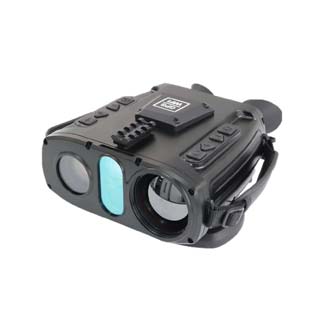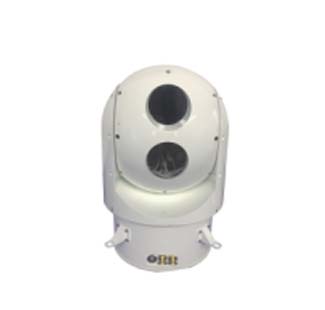With the rapid advancement of night vision technology, the night is no longer a sanctuary for criminals. Widely used in public security investigations, surveillance, and wilderness search and rescue, police thermal cameras have become an indispensable tool for law enforcement. This article our thermal camera supplier will discuss in detail the practical applications of thermal camera police.
Discovering Hidden Compartments
Police thermal cameras play an important role in checking whether vehicles have hidden compartments. Drug dealers often hide drugs in tires, camouflaged gas tanks, air return tubes, or other vehicle compartments that are difficult to detect with the naked eye. However, with police thermal camera application, law enforcement officers are able to easily detect these breaches.
Crime Scene Forensics
Even if blood stains on walls or floors are cleaned, thermal camera police can still reveal the thermal signature left by the blood. Though a police thermal camera cannot identify the type of substance, it can direct investigators' attention to key clues and provide strong support for collecting or confirming evidence.
Vehicle Tracking
Vehicles generate a lot of heat when running and parked, not only from the engine, but also from the tires, brakes, and exhaust pipes. Police helicopters equipped with police thermal cameras can easily track suspect vehicles from the air, even when their lights are turned off. Patrol cars equipped with police thermal cameras are able to track suspect vehicles in parking lots or already leaving by detecting the heat dissipation of vehicles that have just been turned off.
Perimeter Surveillance
Police thermal cameras can significantly improve the effectiveness of perimeter surveillance. Today, many countries have adopted night vision technology to monitor the perimeter of prisons, factories, airports, etc. around the clock to prevent potential risks. In addition, thermal imaging police cameras help police officers to quickly check the security of commercial areas. Since the technology cannot penetrate glass, when a thermal imaging police camera captures an object inside a house, it indicates that the window is open or broken, thus quickly identifying a potential intrusion.




